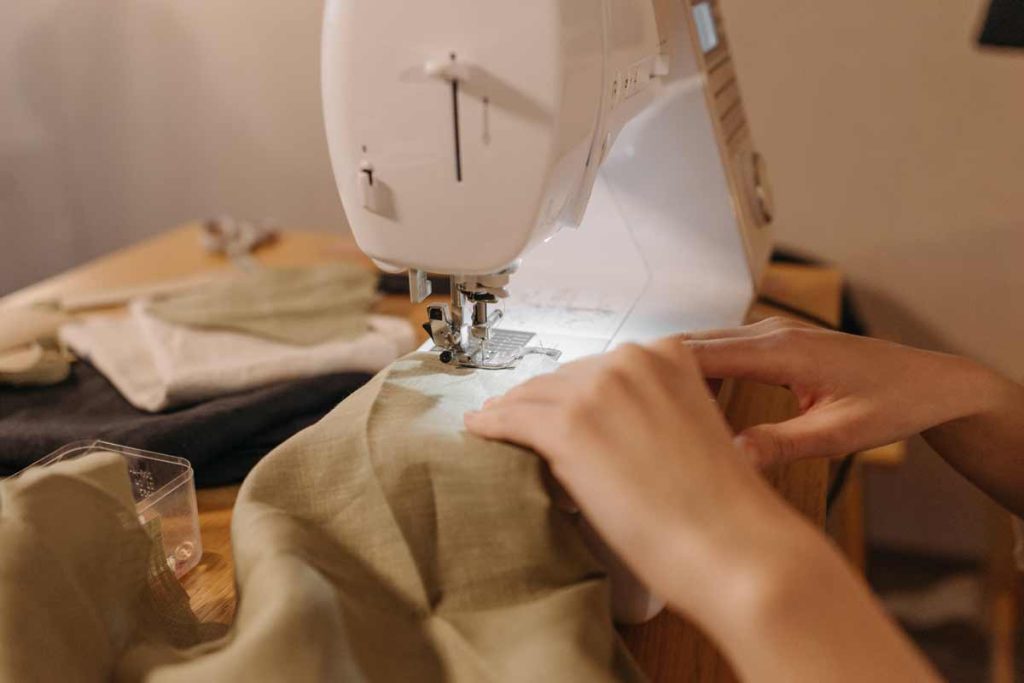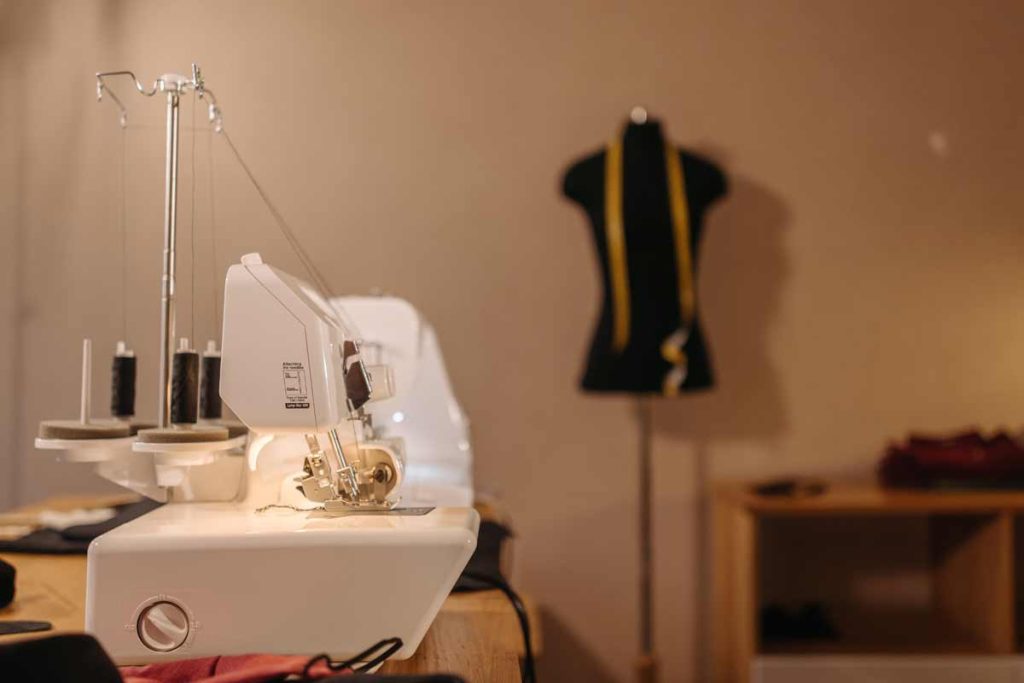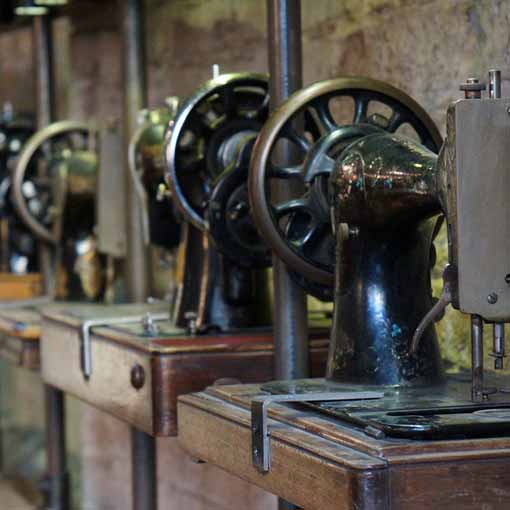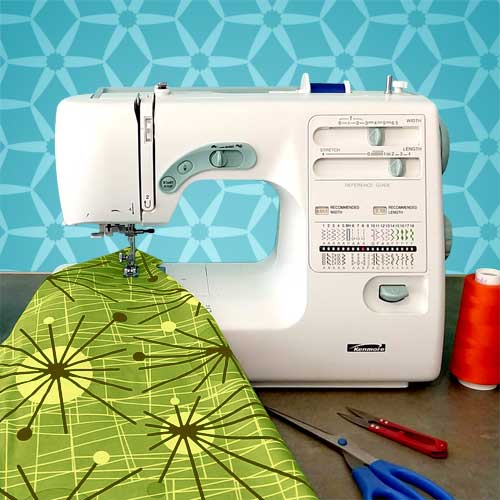In the world of textile creation, two essential tools stand out—the sewing machine and the serger.
While both play crucial roles in the hands of skilled crafters, they serve distinct purposes and offer unique features. In this blog post, we’ll embark on a journey to understand the differences between sewing machines and sergers, shedding light on when to use each and why both are valuable additions to any sewing room.
Sewing machine: The versatile workhorse

Basic Functions
A sewing machine is a versatile device designed for a broad range of stitching tasks. From straight stitches to zigzag patterns, sewing machines offer a variety of stitch options, making them suitable for garment construction, quilting, and home decor projects.
Seam Finishing
Sewing machines excel at creating strong and secure seams. They are the go-to tool for assembling garments, attaching zippers, and sewing buttons. The ability to control stitch length and width adds to their versatility, allowing crafters to adapt to different fabrics and projects.
Decorative Stitching
Beyond functionality, sewing machines are equipped with features for decorative stitching. This includes embroidery stitches, decorative borders, and intricate patterns that add flair to finished projects.
Serger: The finishing maestro

Specialized Functions
Sergers, also known as overlock machines, are specialized tools designed for seam finishing. Their primary function is to trim, encase, and secure the raw edges of fabric, preventing fraying and providing a clean, professional look.
Speed and Efficiency
Sergers are renowned for their speed and efficiency in finishing seams. With multiple threads and loopers, they can quickly encase raw edges while trimming excess fabric, saving time and effort compared to traditional seam finishing techniques.
Neat and Professional Finish
The hallmark of a serger is its ability to create a neat and professional finish on the edges of fabrics. This is particularly crucial in garments where exposed seams may be visible, as it adds durability and a polished appearance.
Want to learn how to use a sewing machine?
Learn more about my beginner sewing classes where I’ll show you how to use a sewing machine and beginner sewing techniques.
Choosing the Right Tool for the Job
Garment Construction
For the construction of garments, a sewing machine is the primary tool. It allows for a wide range of stitches needed for assembling pieces, attaching details, and creating decorative elements.
Seam Finishing
When it comes to finishing seams, a serger is the preferred choice. Its efficiency in trimming and enclosing raw edges makes it an indispensable tool for achieving clean and professional results.
Combined Power
Many crafters find that owning both a sewing machine and a serger is advantageous. The combination of these tools allows for a seamless workflow, with the sewing machine handling construction and the serger ensuring impeccable seam finishes.
In the realm of sewing, both the sewing machine and the serger have their roles to play. While a sewing machine is a versatile workhorse capable of various stitches and decorative techniques, a serger specializes in seam finishing, providing efficiency and a polished look. Whether you’re a seasoned seamstress or a novice crafter, understanding the differences between these two tools empowers you to choose the right one for each step of your creative journey.


